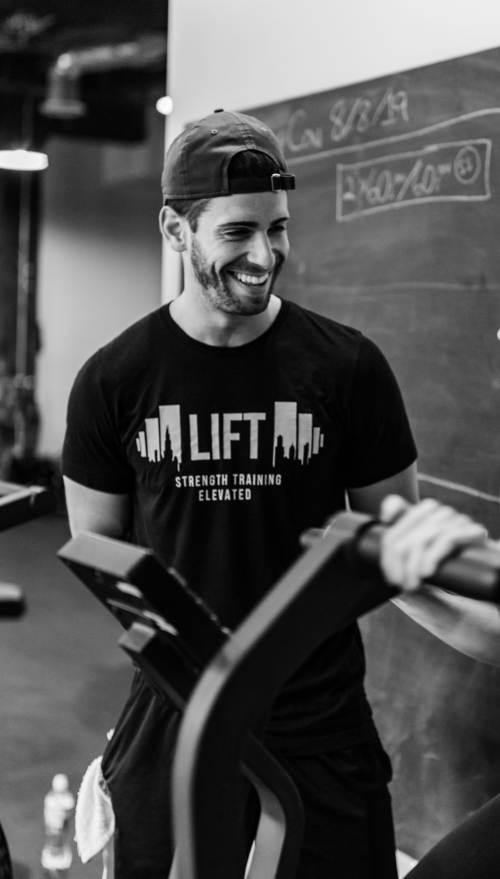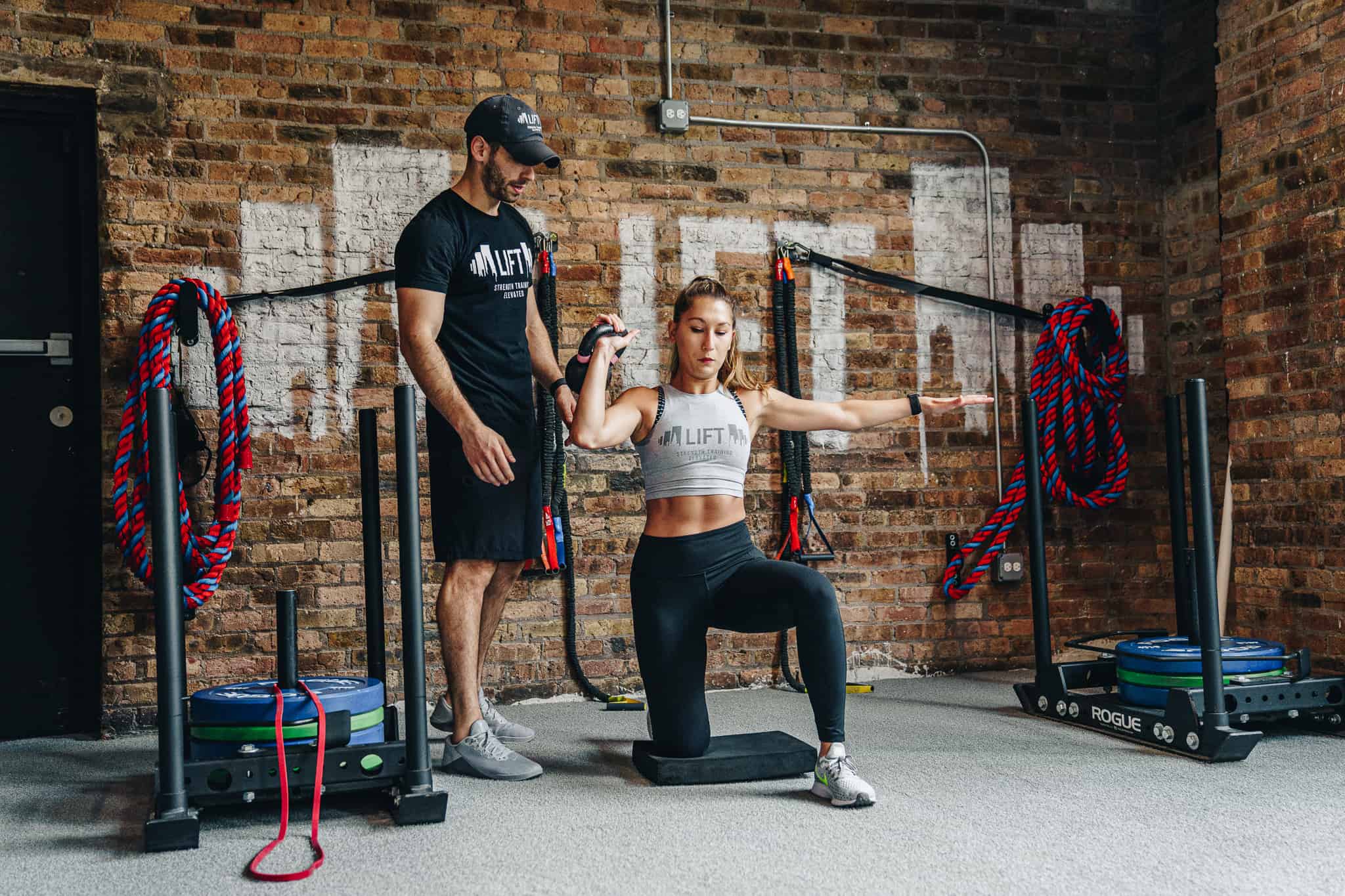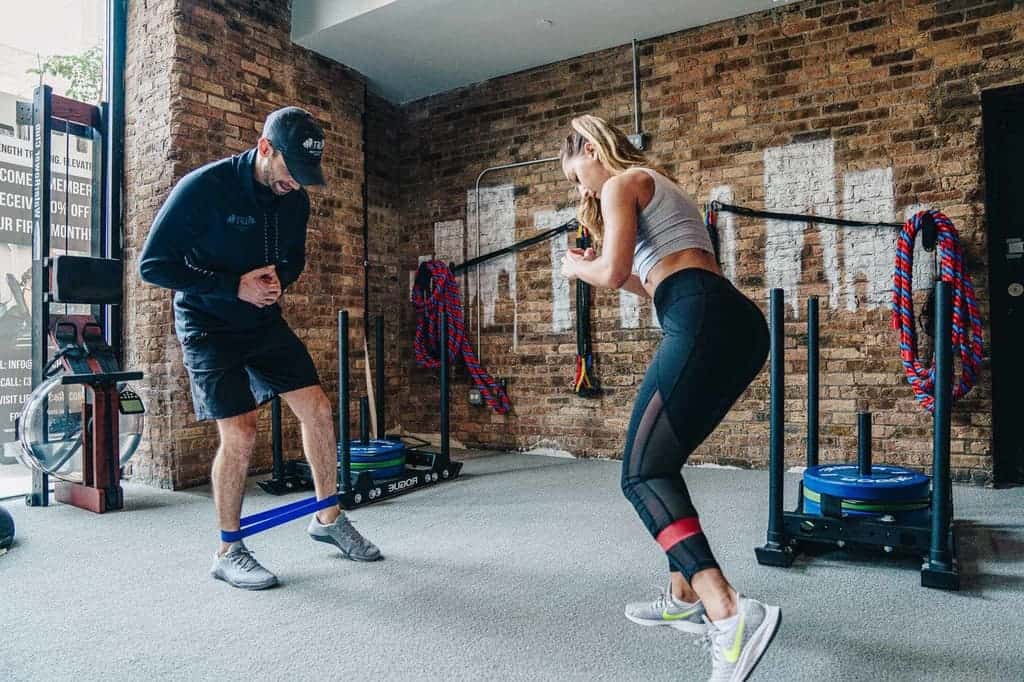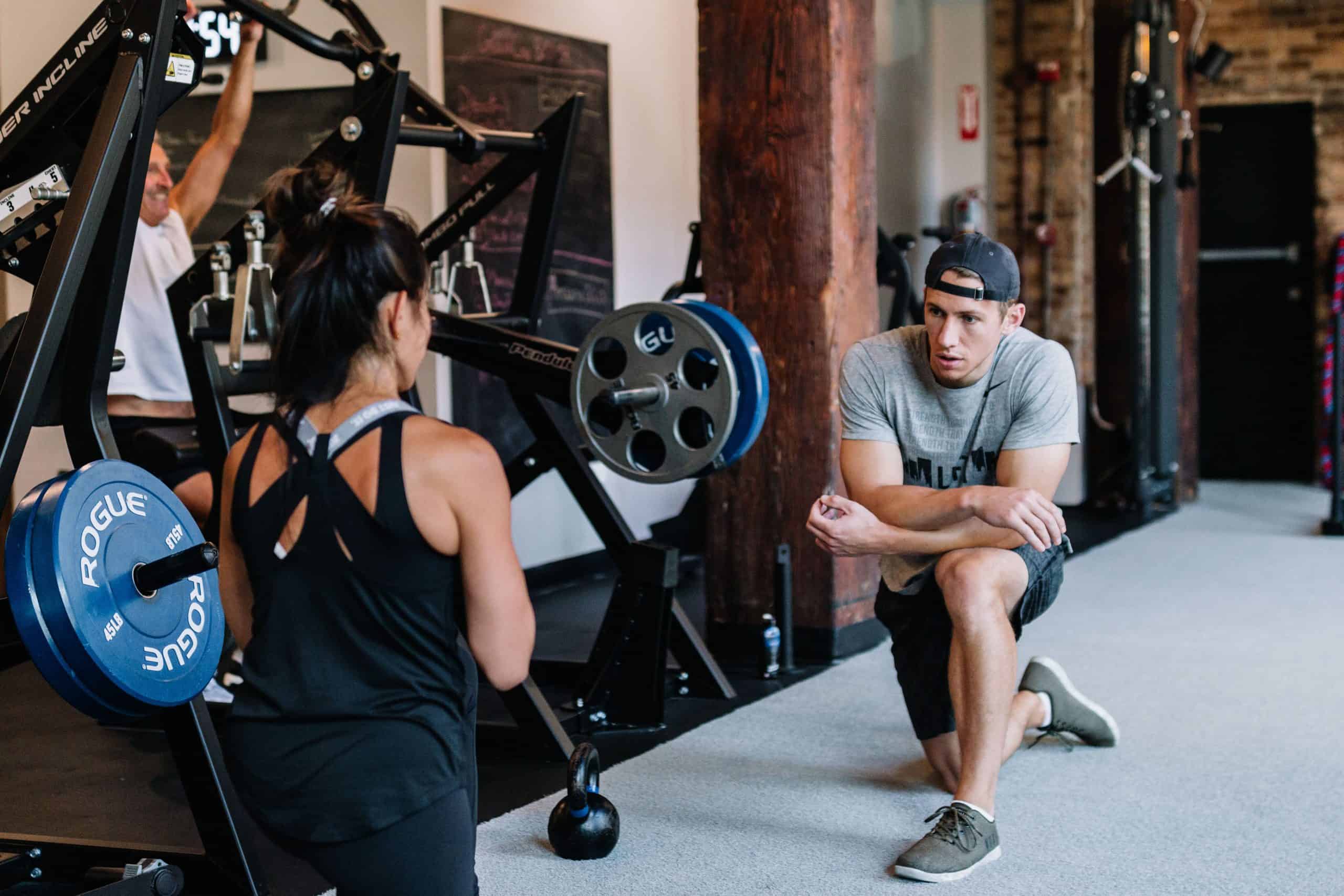The squat is a functional movement that our bodies naturally begin to develop from infancy. Unfortunately, some individuals begin to regress in this movement over time and now struggle to perform it properly. It is one of the foundational bilateral movements we use here at LIFT to build strength in the lower body and core. It’s rare for us to complete a training session with a client without having them perform some variation of a squat at least once. Let’s address the nuances of this essential movement in more depth..
We need 2 things; mobility and stability throughout the ankles, hips, and thoracic spine. As discussed in week 1 of the Real Strength Series, a neutral spine is required to perform this movement. Click here if you haven’t already read our blog on core training as it will be imperative to squat properly.
Whether your goals are to build muscle, lose fat, or gain strength; the squat is, hands-down, one of the best exercises you can incorporate into your routine.
Today we are going to look at mobility requirements and the squat set up.
SQUAT MOBILITY
To assess the squat fully, we like to use the overhead squat assessment. It gives us a solid idea of the areas preventing you from squatting properly due to lack of mobility.
First, we look at the ankles. Are you able to travel over the toes without the heels coming off the floor? If not, we may program some kneeling ankle mobility drills such as the examples below. If your feet and ankles aren’t functioning properly you may experience a breakdown of movement or instability of joints in the future.
Next, we look at the hips. Are you mobile enough to sink back into the hole while keeping the knees in line with the toes? If not, we tend to prescribe hip mobility and stability exercises to get those hip muscles firing properly.
Continuing up the body, the thoracic spine comes into play. Is it able to extend and keep the chest upright throughout the movement? If not, we will see the chest pointing more towards the ground instead of forward. Many times the lats tend to be tight, making it hard for the T-spine to extend.
THE SQUAT SET-UP
For the sake of this blog and the corresponding video we are using the back squat as our frame of reference when describing the squat set-up because it is the most commonly used squat variation. Let’s dive into the set up.
-
“Meet the groove in the smooth.” By this, we mean place your hands where the rough and smooth parts of the bar meet. Some people with longer arms or tighter lats/shoulders may need to slide their hand out just a bit more.
-
Pull the bar down tight. We want to ensure you securely have the bar on the upper trap area. To secure it fully, don’t be afraid to pull it down into that muscle belly. Think about pulling the elbows down and tightening the lats.
-
Unrack. Bring the hips under the bar, stand up, and firmly take one step back. Be sure to clear the rack.
-
Brace. Inhale through the nose, brace the core, and start the descent. Sit down and back at the same time maintain the neutral spine.
-
Drive Up. Staying braced, drive up through the feet. Stand tall at the top with an even tightness of the core and glutes.
Coming up on the next blog, releasing later this week, will be the following:
Progressions of the Squat at LIFT
Hacking the squat – Exercise we use at LIFT to improve your squat.
Be sure to tune back in so you can continue to master the squat. Here at LIFT our team is committed to making you the best LIFTER you can be while delivering time saving, and results driven training sessions.
LIFT Hard. LIFT Smart. Get LIFTED.







